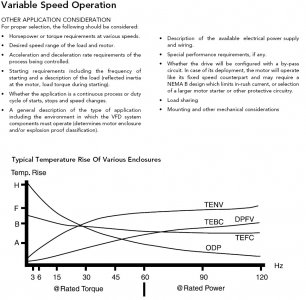- Joined
- Jun 12, 2014
- Messages
- 4,810
With the VFD control, you can run the speed very low or to a stop when threading, then reverse and pick up the speed to back out. Essentially, you can set it like a JOG button, but not a big deal to add a F/R JOG switch. When wiring, I usually use 8 wire cord, so I have some spares (like for a 2 stage breaking switch). I recommend using a LED power indicator light (~30 mA) because of the low power draw, as the VFD bus can only supply 100mA (relay is about 60 mA). Also be aware that the relay connections in the socket are often different then relay itself.
I use a 22mm LED lighted switch for my JOG button, the LED is connected as shown in the diagram to indicate power is active. Use shielded cable for the speed pot and the input terminal controls, ground at the VFD. It is also recommended to use shielded cable between the VFD and the motor.
I use a 22mm LED lighted switch for my JOG button, the LED is connected as shown in the diagram to indicate power is active. Use shielded cable for the speed pot and the input terminal controls, ground at the VFD. It is also recommended to use shielded cable between the VFD and the motor.


